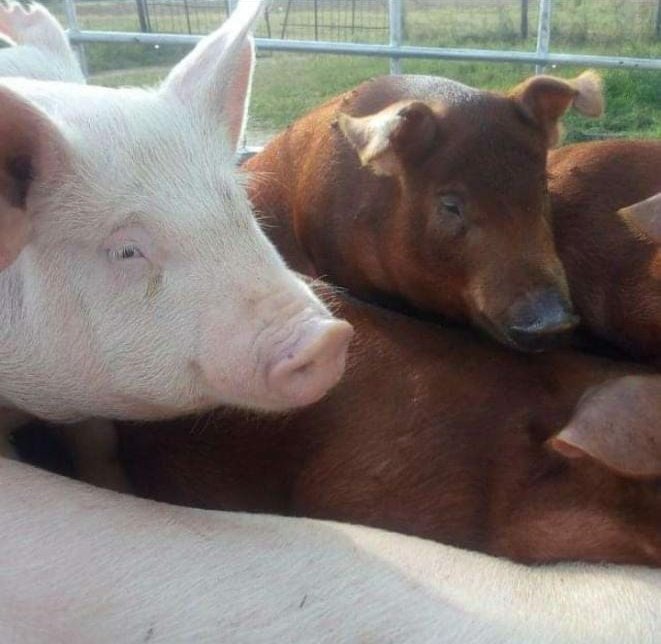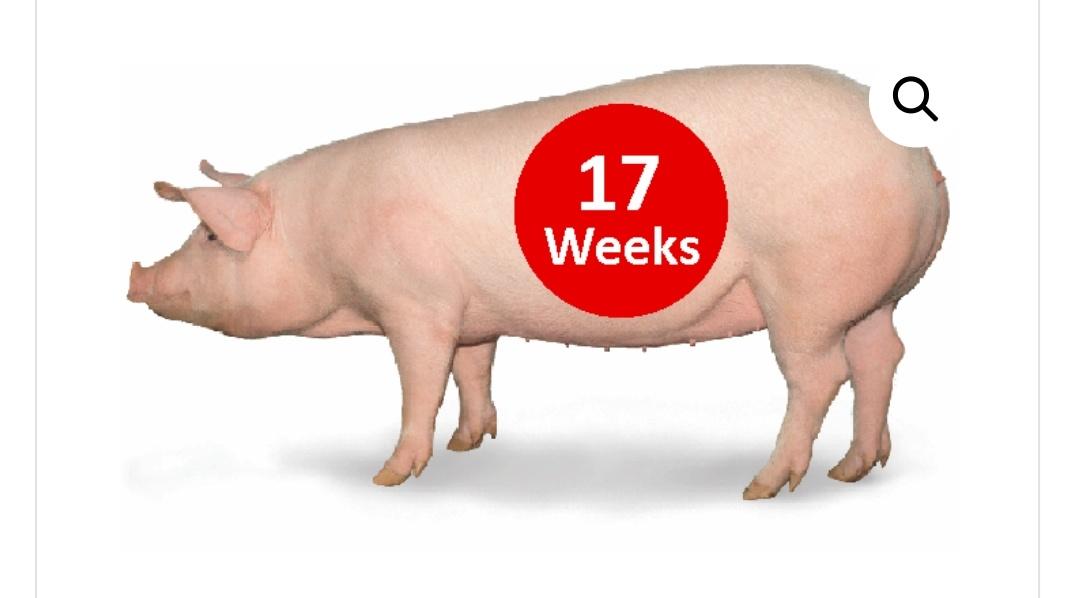Chapter V
PIG FARMING: EVERYTHING YOU NEED TO KNOW TO GET STARTED WITH PIG FARMING
6. PIG BREEDS TO CONSIDER
There are four pig breeds in Southern Africa namely the:
1. Large White: This is a particularly large animal. It is lean and active. It can adapt to most climates.
PIG FARMING: EVERYTHING YOU NEED TO KNOW TO GET STARTED WITH PIG FARMING
6. PIG BREEDS TO CONSIDER
There are four pig breeds in Southern Africa namely the:
1. Large White: This is a particularly large animal. It is lean and active. It can adapt to most climates.

This type of pig has a long, productive life in the breeding pen. It produces good quality bacon and pork. It also has the ability to cross with and improve other pig breeds which has made it quite popular.
2. Zimbabwean Landrace: An indigenous and locally produced breed.
2. Zimbabwean Landrace: An indigenous and locally produced breed.

This means it can survive on both marginal and high potential grazing also that it is disease and heat tolerant. It is popular among non-commercial producers who slaughter mainly for domestic consumption.
3. Duroc: Originated form the eastern U.S,
3. Duroc: Originated form the eastern U.S,

one of the recognising characteristic is its drooping ears. Because it has a high ratio of marbling fat to carcass fat, its meat is juicy and tender. 

4. Kolbroek: Is an indigenous breed that’s smaller than most modern pig breeds. This type of breed has sturdier legs, stronger feet and is extremely hardy. The Kolbroek is known as a good forager and efficient converter of high-roughage rations 



Nb there are other breeds such as comborough, Dalant, and many more..
5. RAISING PIGS
Your boars need to be raised differently to your sows. They have different healthy weight requirements as well as different age groups of productivity.
5. RAISING PIGS
Your boars need to be raised differently to your sows. They have different healthy weight requirements as well as different age groups of productivity.

Their health and the success of the breeding program will have a lot to do you. How well you’ve planned along with how well you’ve keep records of previous partnerships and pervious serving dates.
6. BOARS
A heathy boar should weigh 90kgs before he is 140 days old.
6. BOARS
A heathy boar should weigh 90kgs before he is 140 days old.
He will require a maximum of 3kg of feed to gain 1kg in weight. Buy boars at least four weeks before putting them to the sow for the first time. This will allow you to keep them quarantined and will give the boar a chance to adapt to his new environment and become comfortable. 

• • •
Missing some Tweet in this thread? You can try to
force a refresh
















